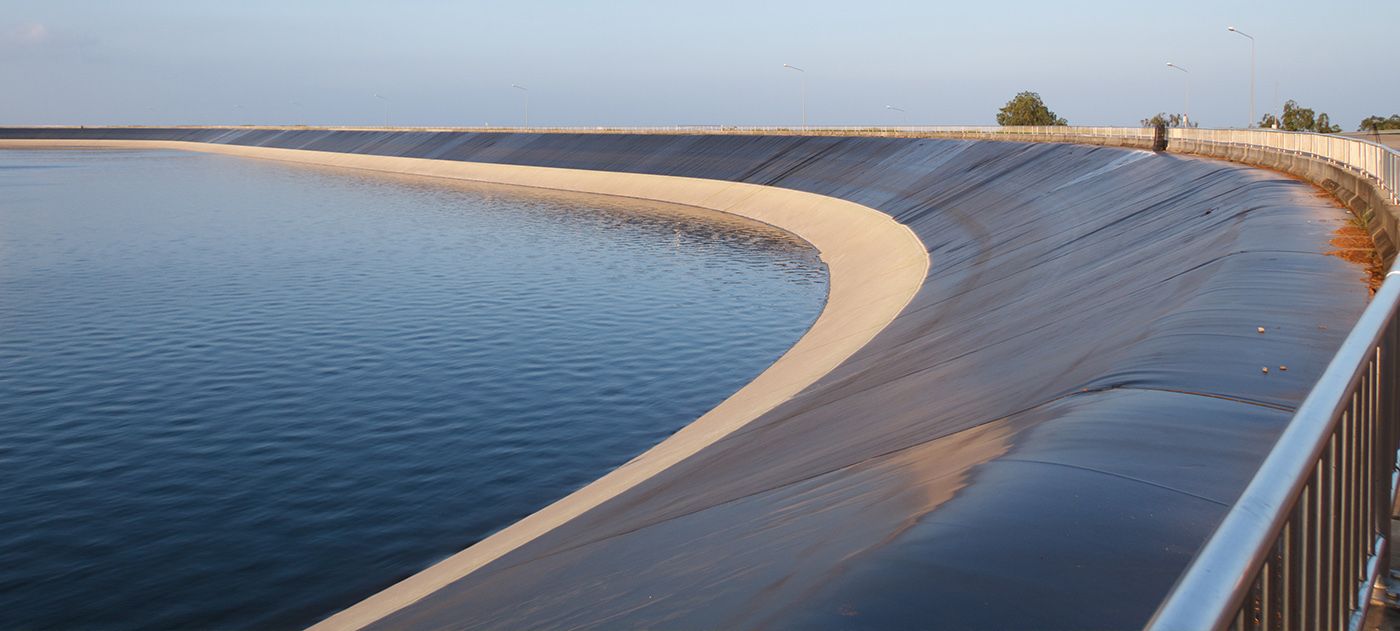1. The rough pit is first excavated according to the design requirements of the fish pond. The pit wall slope is generally 1:2-1:3. The slope of the clay area can be small, and the slope of the sand area can be large. In order to avoid the membrane anti-seepage landslide, the slope is excavated into a step shape or a right angle shape, each step is 30cm high and 50cm wide. The dimensions are at right angles and need to be properly handled according to the depth of the fish pond. The top of the pool slope is dug into a 20-30cm deep U-shaped groove. At the same time, remove weeds, tree roots, gravel, broken bricks and other sundries in the pit soil.
2. The anti-seepage membrane should be laid and buried.
3. For rectangular fish ponds, in order to prevent workers from idling, construction can be carried out in stages. There are two specific construction methods: one is to lay the bottom of the fish pond first; excavate a ditch 50 cm long and 23 meters wide along one end of the rough pit. After leveling the bottom of the trench, unfold one side of the trench and spread the film. After connecting with the next ditch every 40 cm or so, cover the ditch with 5-10 cm of fine soil, then fill the ditch with the soil dug out of the second ditch as a protective layer, and so on. After the pool wall is excavated according to steps or right angles, it can also be constructed in sections. Another method is the bottom of the pool, and the pool wall is laid according to the above construction steps. The thickness of the protective layer is generally greater than the thickness of the partial winter soil frost heaving layer, which will not affect the safety of the anti-seepage membrane.
Seams/Seams of impermeable membranes.

4. The anti-seepage membrane can be spliced by butt joint, that is, the membrane materials are compressed by 30-40cm. Buckling can also be used, that is, the impermeable membrane is interlocked with the impermeable membrane by 15-20 cm. After the impermeable membrane is laid, it can be compacted or rolled. When laying the film, do not pull the film material too tightly. Leave 5-7 meters of airtightness every 100 meters, and vent at the bottom of the membrane to avoid the expansion of the loam under the action of the anti-seepage membrane.
5. The inlet and outlet gates should be set to prevent the impermeable membrane from being washed by excessive inlet and outlet water, so that the impermeable membrane is directly exposed to the air, and it is easy to be exposed to the sun, resulting in oxidation and rapid aging.